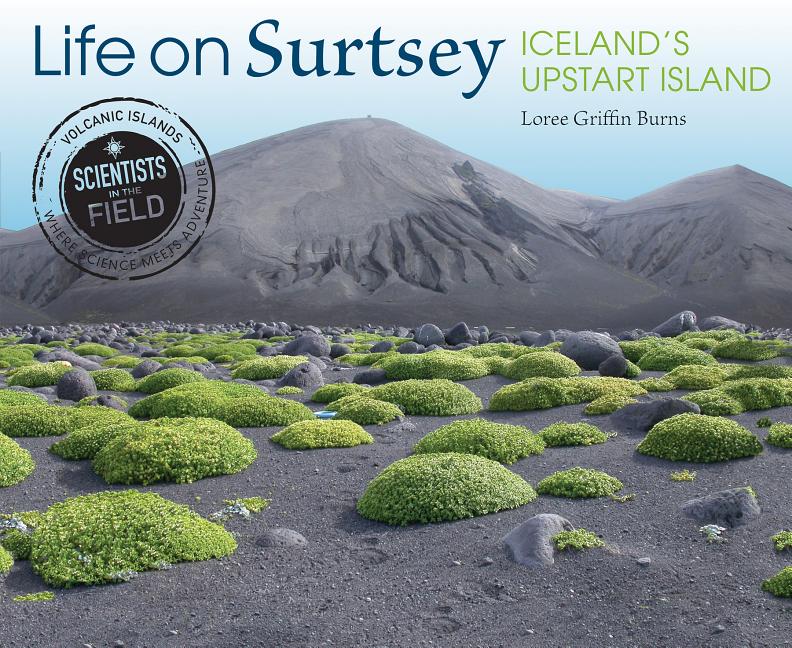Book Description
for Life on Surtsey by Loree Griffin Burns
From the Publisher
On November 14, 1963, something exceptional happened in Iceland - and that's saying a lot.. In a country where the average summer temperature is 50°F and the sun only appears for a few hours a day during the winter, an event has to be pretty unusual to stand out. The birth of the island of Surtsey, the newest earth on Earth, was just that. On that November day, a volcano fifteen miles offshore exploded under the sea, nearly six thousand years after the most recent eruption in the area. What resulted was a brand-new island of ash and rock (and, a few years later, lava) named for Surt, the Icelandic god of fire. Almost immediately, scientists recognized Surtsey for what it was: not a pile of desolate rock, but a rare opportunity to observe the way life takes hold on sterile land. As the early Surtsey explorer Sigurder Thorarinsson put it: "When, how, from where, and in what order does life invade such an island?" More than fifty years later, Icelandic scientists are still answering these questions. In her newest Scientists in the Field book, Loree Griffin Burns joins the entomologist Erling Ólafsson on one of his yearly expeditions to Surtsey, where since 1970 he has studied the arrival and survival of insects. Along with a small group of colleagues, Erling observes the island's flora and fauna, records changes, and collects samples to bring back to the mainland for further study. Visit by visit, record by record, Surtsey's passionate scientists are uncovering the process of change that can transform a lump of lava into a thriving island ecosystem. Join the expedition to see just how demanding conditions on Surtsey can be, what it's like to live and work while making the smallest impact possible, and the passion that sustains scientists working in one of the strangest - and youngest - places on Earth. -- from dust jacket.
Publisher description retrieved from Google Books.


